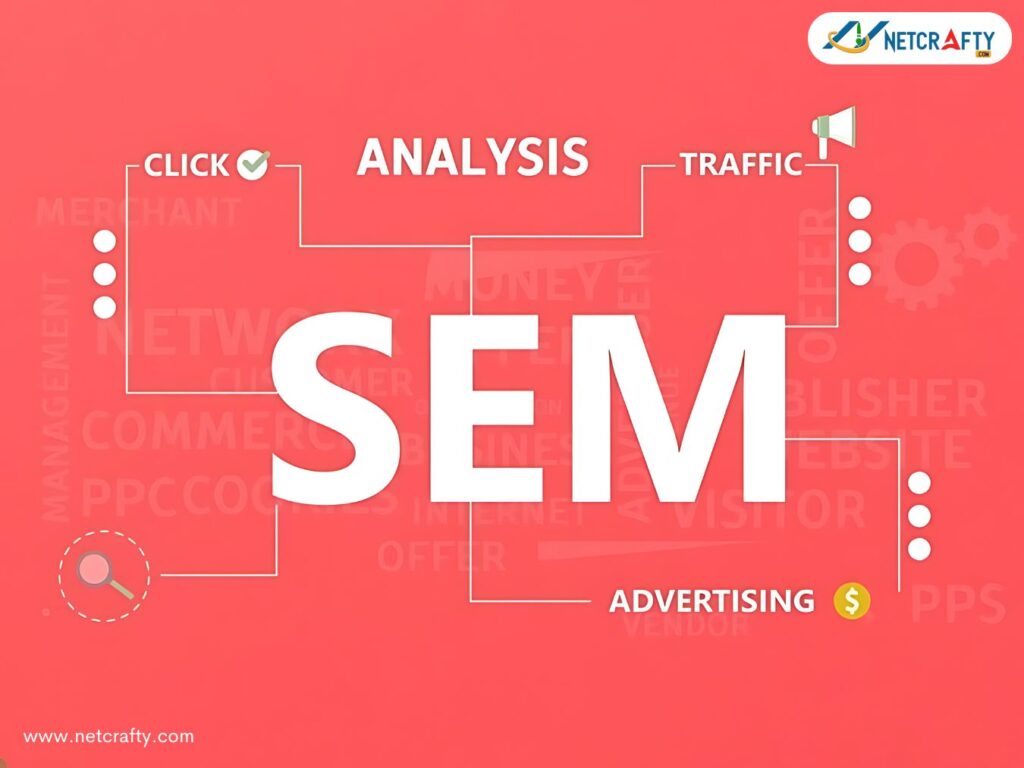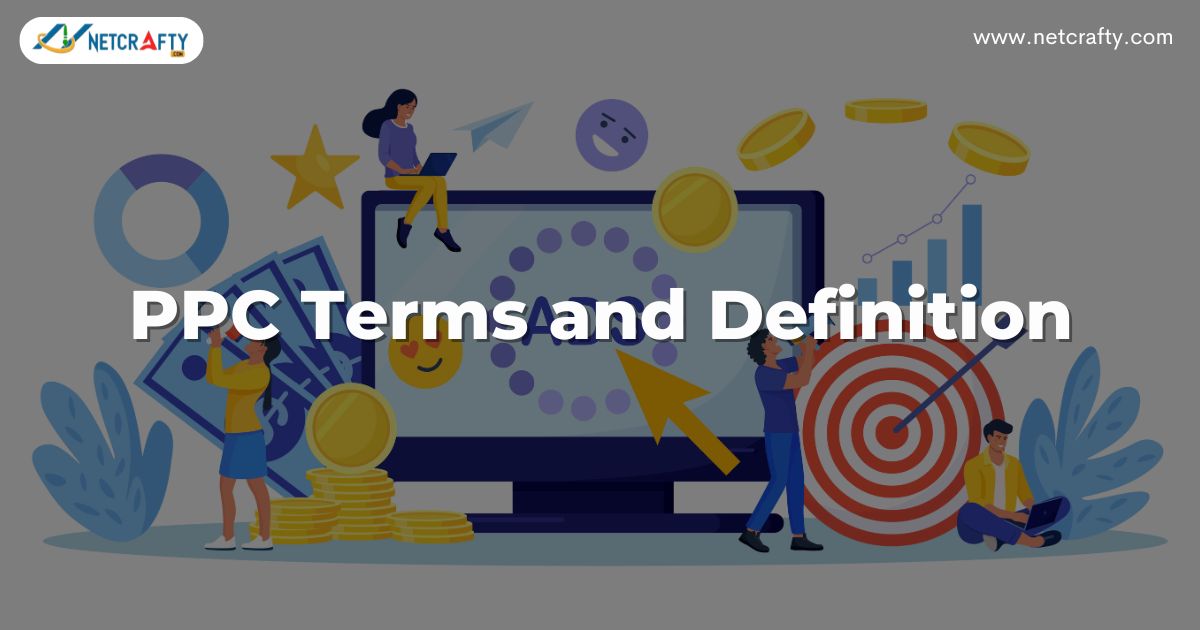PPC, also known as Pay-Per-Click, is a method of online advertising in which advertisers pay each time a user clicks on one of their ads.
The most common form of PPC advertising is search engines, such as Google Ads, where advertisers bid on keywords, and their ads appear at the top of search engine results pages (SERPs) when those keywords are searched for.
If you are going to pay for advertising, there are a few terms you should know. We show the main elements of the PPC campaign, ranging from broad to specific:
Search Engine Marketing (SEM)

Paid or unpaid digital marketing conducted on search engines such as Google, Yahoo, or Bing is known as search engine marketing or SEM.
Digital advertising’s primary objective is to target keywords, which you can do in several ways.
SEM-encompassing search engine optimization was used naturally for keywords and sponsored advertising.
It’s important to note that not all PPC occurs on search engines — social media has PPC ads, too (think: Facebook Ads).
Cost-Per-Click (CPC)
CPC means Cost-per-click, where the advertiser pays for each click on your ad. CPC will work on your bid in an auction to determine where your ad will be placed. Better ad placement is correlated with a higher bid.
When establishing your CPC, choose your advertisement’s maximum cost per click. The following formula determines what you will pay:
(Competitor’s Ad Rank / Your Quality Score) + 0.01 = Actual CPC.
Ad Rank
This ad rank determines an ad’s position on a search engine results page. It’s equal to Maximum Bid x Quality Score.
Quality Score
This is the ranking that search engines give your advertisement depending on several variables, such as the calibre of your landing page, the relevancy of your keywords, your historical performance on the SERP, and your clickthrough rate (CTR), which is compared to the average CTR of ads in that position.
Maximum Bid
You have two options for your CPC: enhanced, which lets the search engines modify your bid according to your objectives, or manual, where you choose the highest amount for your advertisements.
Bid strategies that automatically adjust your offers based on clicks or conversions are one of these improved possibilities, offering the potential for enhanced results in your advertising campaigns.
Cost-Per-Mile (CPM)
The cost per thousand impressions, or CPM for short, is the price per thousand impressions. Paid social and display advertisements are the most prevalent uses for it.
There are other cost-per-engagement and cost-per-acquisition (CPA), but to save your sanity, we’ll stick with clicks, often called CPC.
Campaign
Selecting an advertising campaign is the initial stage in configuring your PPC advertising. Your campaign might be conceptualized as the central idea or message you wish to convey through your advertising.
Ad Group
No one size fits everyone. For this reason, you’ll base several of your campaign’s advertisements on a list of closely associated keywords. Every ad group you create has the option to have a CPC set.
Keywords
All ads in your ad group will focus on a specific set of pertinent keywords or key terms. You can use these keywords to specify the phrases or search terms you want for your advertisement alongside SERPs.
Once you’ve determined which keywords work best, you can set a micro CPC for keywords in your advertising.
Ad Text
Your keywords should inform your ad text. Recall that the relevancy of your advertisement affects your Quality Score; thus, the language of your ad and landing page should correspond with the keywords you aim for.
Landing Page
One of the most crucial elements of your paid advertising campaign. Users will land on the landing page when they click on your PPC advertisement.
Adhere to landing page best practices to optimize conversions, whether on a specific webpage, your homepage, or another location.

Leave a Reply